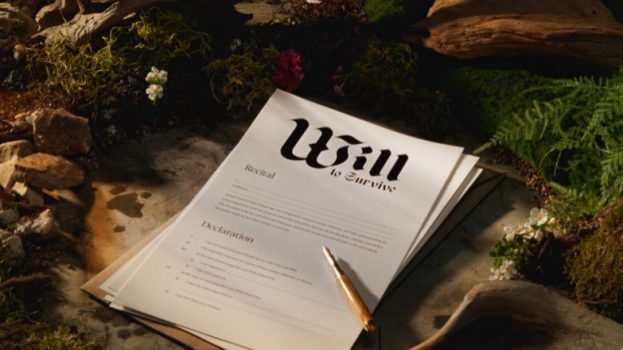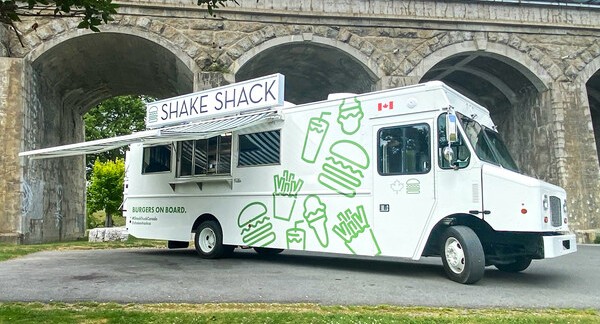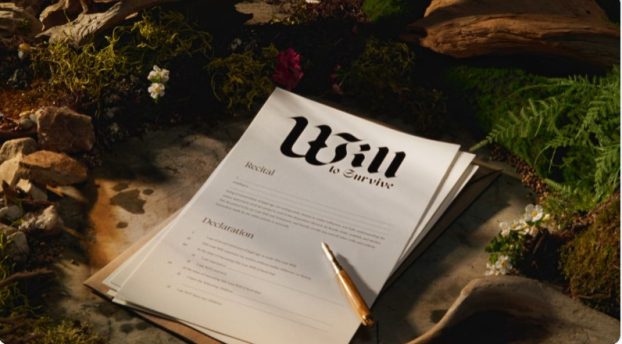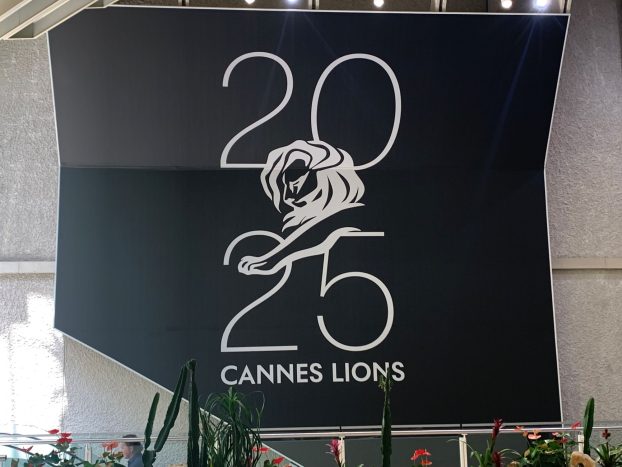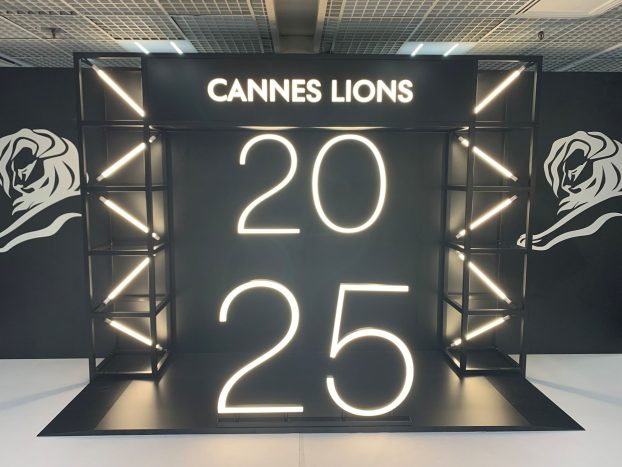When pigs fly is meant to express disbelief, but Enbridge is using a flying rooster as a symbol of its belief that it can position itself as sustainable.
The fowl, best known of course for welcoming a new day, is the unlikely face of the gas and utility brand’s “Tomorrow is On” campaign, which follows the barnyard bird on public transit, before it takes flight against a backdrop of wind turbines and solar panels, to the amazement of onlookers. And it’s suitably set to a version of the Stevie Wonder classic, “Higher Ground.”
Mike Fernandez, Enbridge’s SVP of public affairs, communications and sustainability, as well as chief communications officer, admits he was initially skeptical about the rooster, before conceding it’s the perfect way to represent the company being about “a new day” and embracing, rather than denying, the future of energy provision.
According to Fernandez there is naturalness to the rooster as a symbol, and that in addition Enbridge is using rising sun visuals to bring the concept of “new” home. Some preliminary numbers out of the U.S., Fernandez says, are giving it reason to believe in the bird’s effectiveness.
“While [the rooster] acts as a guide to showcase how we transport and use energy, the campaign also demonstrates how we’re lowering emissions through modernizing our conventional systems and deploying wind, solar, hydrogen, carbon capture and other technologies,” Fernandez says.
He tells strategy the company is actively focused on what it is doing so that it can be a bridge to a cleaner energy future. This includes hydrogen blending, carbon capture and also doing a lot of activity around renewable natural gas production, and liquified natural gas innovations to set itself apart from the competition.
“We want to make sure people understand who we are, what we are doing, and why it matters to them and their future,” he says.
Enbridge’s goal is to reduce greenhouse emissions intensity by 35% by 2030 and to be net zero in this regard by 2050, according to the company’s 2021 Sustainability Report, its first such document. And according to Fernandez, the company committed $8 billion in renewable energy technology and power transmission technology, and that it recently announced it’s adding another $4 billion in lower carbon solutions to the tally.
Accompanying the TV ads, created by Leo Burnett Toronto, with which the oil and gas utility has had a decade-long relationship, is a fully integrated campaign with digital, print, and radio running in select markets within North America.
Fernandez says it’s approaching 50% digital, but the campaign also includes airport OOH, issues-based advertising in publications like Globe & Mail, Washington Post, Axios and Politico, around LNG and carbon capture. Enbridge is coming to markets where it has large infrastructure projects happening, and honing in on “avid consumers of news” as a target, but also hoping for policy makers to take notice about its differentiator.
The news focus is a logical one for Enbridge, as the Calgary-based company most commonly gets coverage on both sides of the border for its oil and gas pipeline projects, as well as efforts by environmental activists and sustainability-minded politicians to alter or halt the projects.
The ad spend, Fernandez says, is an efficient one, as it’s leaning heavily into digital. The ad buy was done by Publicis Media, with Starcom handling duties in the U.S. and Spark Foundry in Canada.


